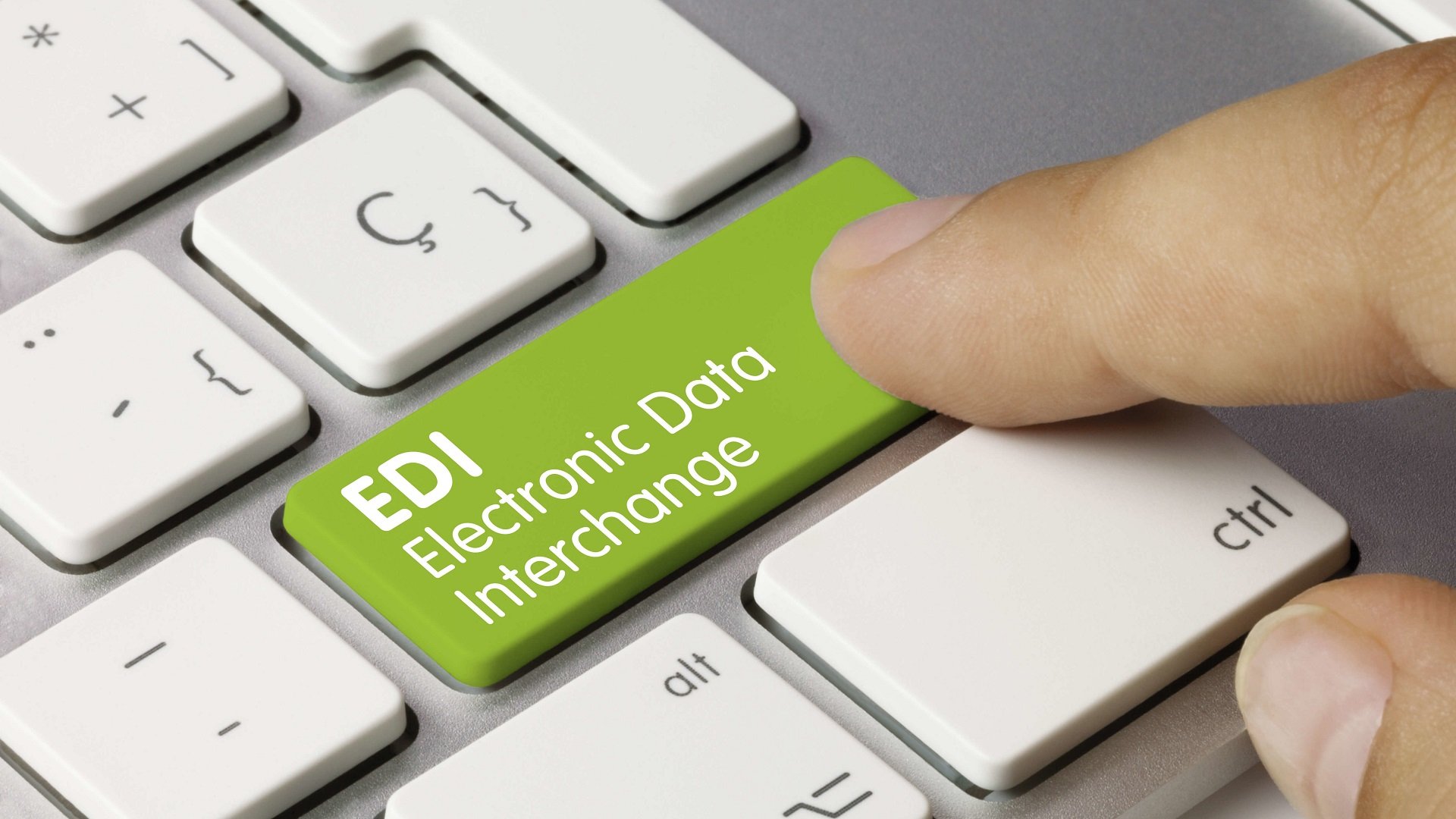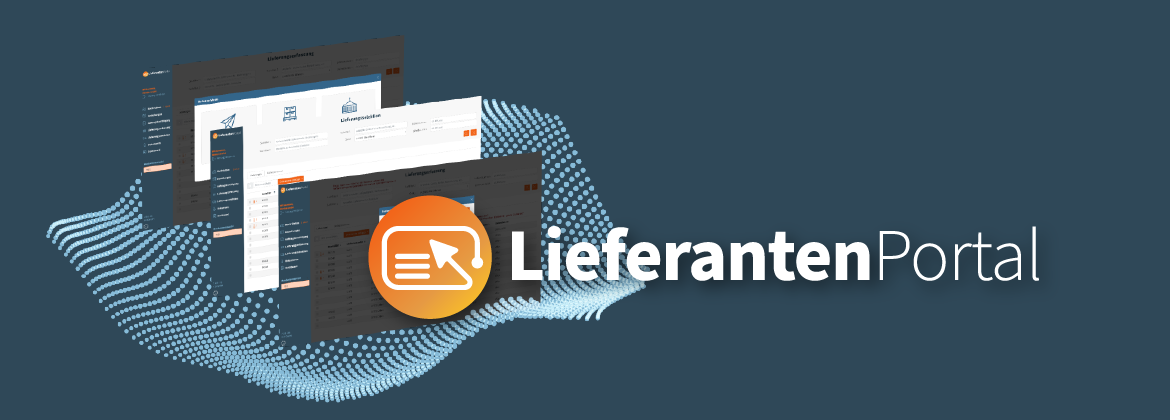Efficient business processes for small and medium-sized enterprises thanks to WebEDI
Many companies and suppliers initially shy away from the term “EDI” - too expensive, too complex, too complicated. Although electronic data interchange has many advantages, it is usually only used by larger companies that are not afraid of the investment. Many people are unaware that there is also a solution for small and medium-sized companies. We are talking about WebEDI, which enables digital communication with suppliers without a great deal of effort. In this blog article, we explain exactly how these SaaS portals work and what the advantages are!
Manual processing of business processes is time-consuming and error-prone. Many companies therefore use EDI to digitize and therefore speed up processes. EDI, short for Electronic Data Interchange, describes the electronic process of standardized data exchange of information between two companies. To do this, each business partner requires an EDI system, which is linked to the ERP system of the respective company and thus enables faster, secure and paperless data exchange. This increases data quality, which can accelerate business processes in the long term.
Data exchange via EDI
Purchasing and implementing an EDI platform is very complex in terms of costs, personnel and required hardware. Small and medium-sized companies in particular simply do not have sufficient capacity to guarantee this and therefore continue to rely on conventional media such as letters, emails or faxes - leaving the opportunities of digitization untapped. Manual processing often leads to transmission and communication errors. Electronic data exchange via EDI, on the other hand, offers many possibilities and advantages, including greater transparency, standardization in data queries, more intensive collaboration with suppliers, real-time data and visible optimization potential. Some companies also commission external EDI service providers who contact the relevant EDI contact persons at customers and suppliers and carry out EDI onboarding with them.
However, as simple as standardization with EDI may sound at first, there are numerous EDI standards and formats that can vary from industry to industry. In the automotive industry, for example, there is VDA (standard of the German Association of the Automotive Industry), ODETTE (standard of the European automotive industry), EDIFACT (international UN standard) and ANSI X.12 (US standard for EDI formats), while in the financial sector, for example, SWIFT is the globally predominant standard.
WebEDI as an alternative for SMEs
As the introduction of an EDI connection can quickly result in a great deal of effort and barely calculable costs, small and medium-sized companies in particular are dependent on alternatives. They need a less complex solution that also gives suppliers without their own EDI system the opportunity to participate in digital purchasing processes. Only then will small and medium-sized companies be able to send and receive structured data in EDIFACT format to and from large companies.
This is where an EDI alternative as Software-as-a-Service is suitable. These are web-based tools, also known as “supplier portals”, which are provided by external service providers. Suppliers and business partners with or without their own EDI system can then be connected to the WebEDI system. This allows the entire supplier management process to be mapped digitally on a single platform - including numerous additional functionalities. This means that even suppliers without their own EDI system can be connected to processes easily and efficiently.
How does WebEDI work?
To be able to use WebEDI, companies need to find an external provider that makes a corresponding platform available. As soon as this is activated, suppliers receive log-in data. They do not have to install anything themselves, because with classic WebEDI the data is entered manually by the supplier in a form in the web portal via the browser: A customer sends an order to the portal, which is answered by the supplier in the portal. An order confirmation is generated here and sent to the customer via the interface. The information is automatically converted into an EDI message and sent via secure Internet protocols such as File Transfer Protocol Secure (SFTP), Hyper Text Transport Protocol Secure (HTTPS) or AS2. Suppliers are informed by e-mail when a new message, such as an order, is received. Outgoing messages can be pre-filled and automatically created based on the incoming messages. For the ordering company, all data is transmitted fully automatically in both directions. Thanks to WebEDI, smaller, non-EDI-capable trading partners can be integrated into your own EDI landscape with little effort.
What are the advantages of Web EDI?
 With a WebEDI solution, suppliers and partners can place electronic orders, process orders or plan deliveries. Orders and delivery schedules are displayed as if they had been placed via an EDI connection. This means that documents such as order confirmations or shipping notifications can also be made available electronically and paperless.
With a WebEDI solution, suppliers and partners can place electronic orders, process orders or plan deliveries. Orders and delivery schedules are displayed as if they had been placed via an EDI connection. This means that documents such as order confirmations or shipping notifications can also be made available electronically and paperless.
Advantages at a glance
- Data exchange is secure, error-free and fast.
- High process efficiency
- Existing EDI infrastructure can be used.
- Low entry threshold
- Uncomplicated use of EDI
- High level of transparency across the entire delivery process
- Usage-dependent costs
- No special personnel/know-how required
- Suitable for occasional use
Conclusion
An EDI connection is usually not feasible for small and medium-sized companies. However, WebEDI as an alternative offers the most important functions and facilitates the digital integration of all suppliers in the supply chain. The application is a simpler solution for efficient data exchange with smaller suppliers or for irregular business relationships. Thanks to WebEDI, small companies can avoid not only the manual processing effort, but also interruptions to their digital business processes.
Are you looking for an EDI solution or an EDI alternative?
We offer supplier portals that allow you to connect your suppliers directly via EDI so that they can work from their own ERP system. Alternatively, you can also use WebEDI so that your customers can enter and transmit data electronically via a browser interface. Contact us, we will be happy to help you!




